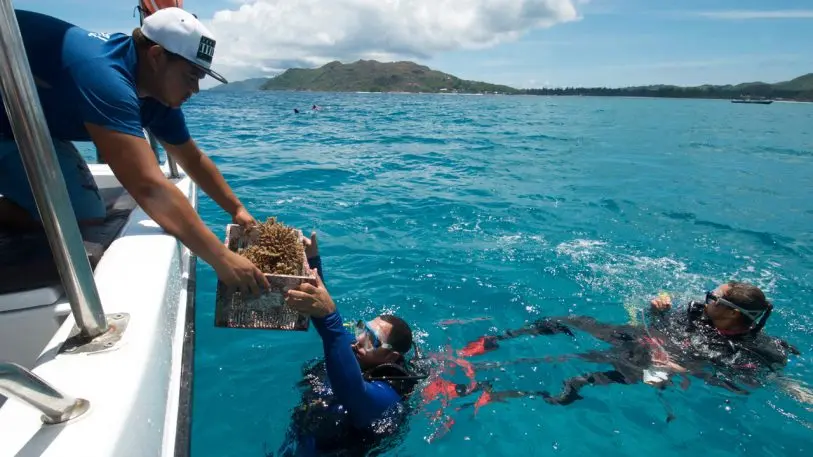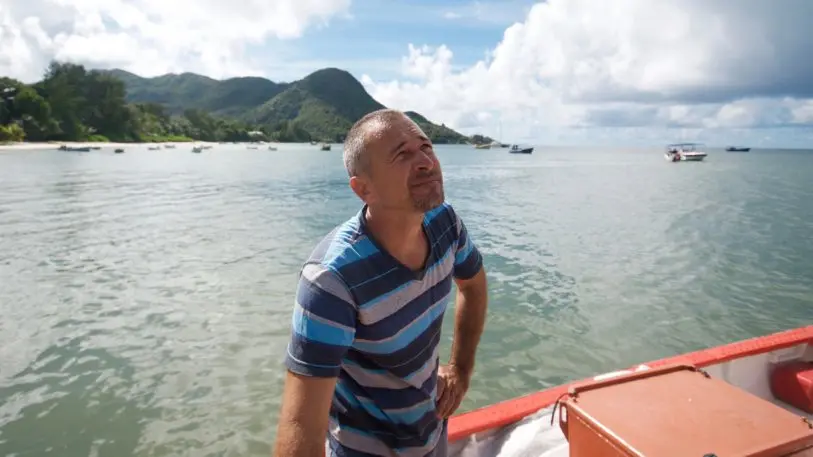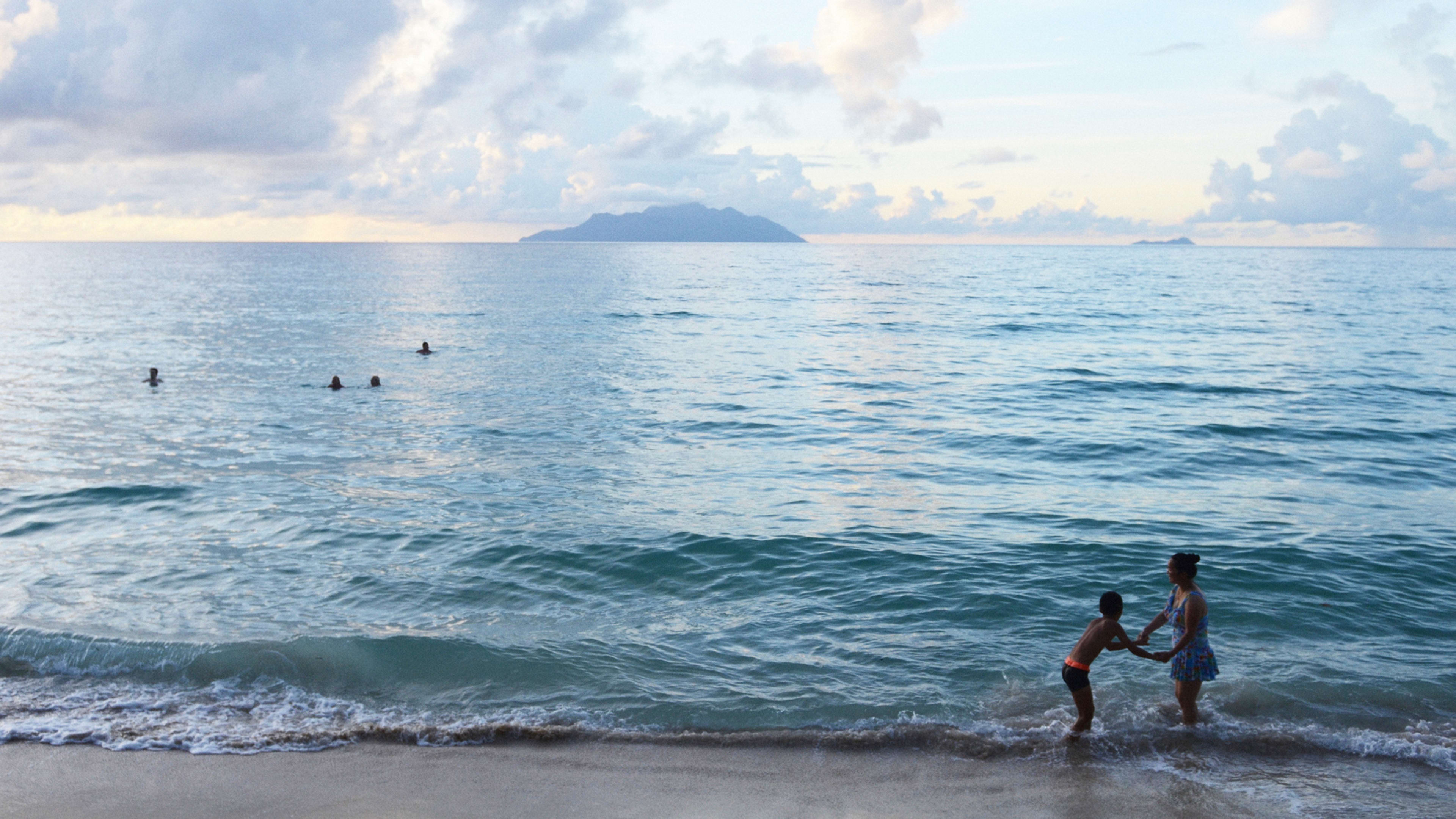Almost a thousand miles off the coast of Kenya, the tiny African nation of Seychelles–where most of the population lives on a group of islands with a total area roughly the size of Lincoln, Nebraska–has protected a piece of the Indian Ocean the size of the U.K. The new protected marine area, home to endangered sea turtles and coral reefs, is possible because of a unique financial deal that helped the country swap some of its debt for nature.
Like other small developing countries, Seychelles has a lot of sovereign debt (and high interest rates), and not a lot of money available to deal with environmental challenges, despite the fact that its economy relies on the ocean, and its low-lying islands put it on the front line of impacts from climate change. Six years ago, The Nature Conservancy started talking with the government about a deal: The Nature Conservancy would buy up some of Seychelles’ debt, so the country could spend its loan payments on local conservation instead of sending it to foreign creditors.

Through a deal that closed in 2016, the nonprofit bought $21.6 million of the country’s debt from the U.K., France, Belgium, and Italy. Five million of that came from donations, including a grant from the Leonardo DiCaprio Foundation; the rest was a loan. But Seychelles can pay it back at a lower interest rate, and over a longer time, than under its previous loan. The interest payments will go into a trust that funds climate adaptation work and conservation work, and will also go into a longer-term trust fund that will keep funding conservation after the loan is paid off. (The Nature Conservancy also bought the debt at a slight discount, making more money available for conservation.)
With the money, the trust can pay for projects like a coral nursery, where fragments of coral are raised before being transplanted to a coral reef. Other work may include invasive species removal, mangrove restoration, and education and monitoring campaigns. Within portions of the new marine protected areas, only certain activities–like research and carefully monitored tourism–will be allowed.

Many Seychelles citizens rely on fishing to make a living, and because some areas now ban fishing, that industry will be impacted. But fishermen will also see longer-term benefits. “The ocean recovers very quickly,” says Robert Weary, who led the debt-for-nature swap for The Nature Conservancy. “So in two or three years, you get a doubling or tripling of the number of species of fish in those ‘no take’ areas, and a doubling or tripling of the biomass–the weight of the fish. Fish don’t know boundaries, so of course, there’s a spillover effect. You set up permanent fishing zones outside the protected zones, and basically, they become fish factories.”
In the transition period, as fish populations grow, the trust can also fund retraining for fisherman to work other jobs; some may become tour guides, since tourism is the largest part of the economy, and snorkelers and divers want to visit the areas with the most fish. “These no-take areas become tourist destinations,” says Weary. “Potentially these fishermen retrain as tour operators and make far more money taking people to see fish, than just fishing.”

It took two years of planning for everyone involved–the government, scientists, local businesses, citizens, and The Nature Conservancy–to work out a plan for the first areas to protect. By 2020, the area of the protected zones will nearly double, making 30% of Seychelles’ waters marine protected areas.
The Nature Conservancy is now working on similar deals in the Caribbean and in other parts of the Indian Ocean.
Recognize your brand’s excellence by applying to this year’s Brands That Matter Awards before the early-rate deadline, May 3.
